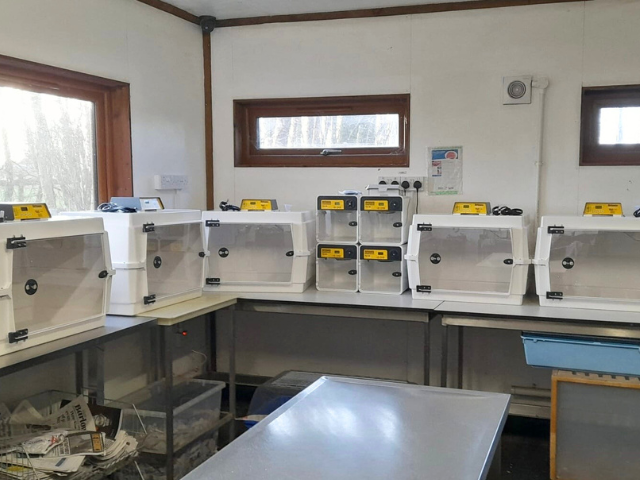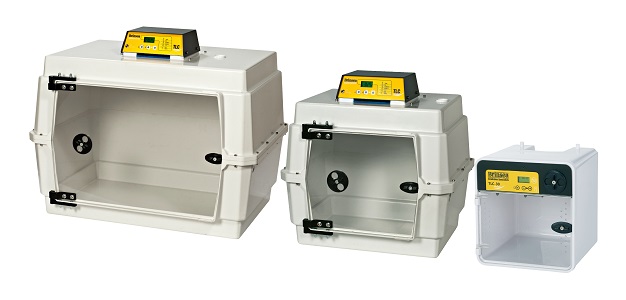How Brinsea’s TLC Brooders/Intensive Care Units Are Transforming Care at Lower Moss Wood

Lower Moss Wood Nature Reserve & Wildlife Hospital in Cheshire, U.K., rehabilitates nearly 3,000 wild patients a year. Ahead of the busy spring season, the team swapped their aging brooders for Brinsea TLC-50, TLC-40 and TLC-30 units— giving hedgehogs, ducklings, bats and songbirds the precise warmth they need.
A Sanctuary for Learning and Healing
Founded as both an 18-acre nature reserve and an education center, Lower Moss Wood welcomes school groups, community visitors and anyone curious about conservation. Behind the scenes, its wildlife hospital runs 24/7, caring for orphaned or injured birds and mammals—from tiny pipistrelle bats to juvenile herons.
The Challenge: Outdated Brooders
“Our old equipment made it incredibly difficult to keep a stable temperature,” explains Jane, hospital coordinator. During peak season, dozens of nestlings crowd the intensive-care room; even a 2 °C (≈ 3.5 °F) swing can mean life or death.
Why They Chose Brinsea TLC Incubators
- Precision control: Digital readouts let staff lock in 35 °C / 95 °F for mammals or raise to 37 °C / 99 °F for passerine chicks.
- Crystal-clear viewing panels: Check progress without opening the door.
- Five-minute cleaning: Smooth interiors and click-apart panels speed up turnaround between patients.
- Lightweight: Staff can carry a unit to an isolation room when needed.
“The arrival of the incubators caused real excitement. We can finally monitor temperature at a glance—and the TLC-30 cube is perfect for bats and very young birds.”
Tip for U.S. Wildlife Rehabbers
U.S. state-licensed rehab centers using TLC-40/50s typically set 95 °F / 35 °C for juvenile squirrels and opossums, and 90 °F / 32 °C for waterfowl after feather-drying. Always defer to your vet’s protocol.


